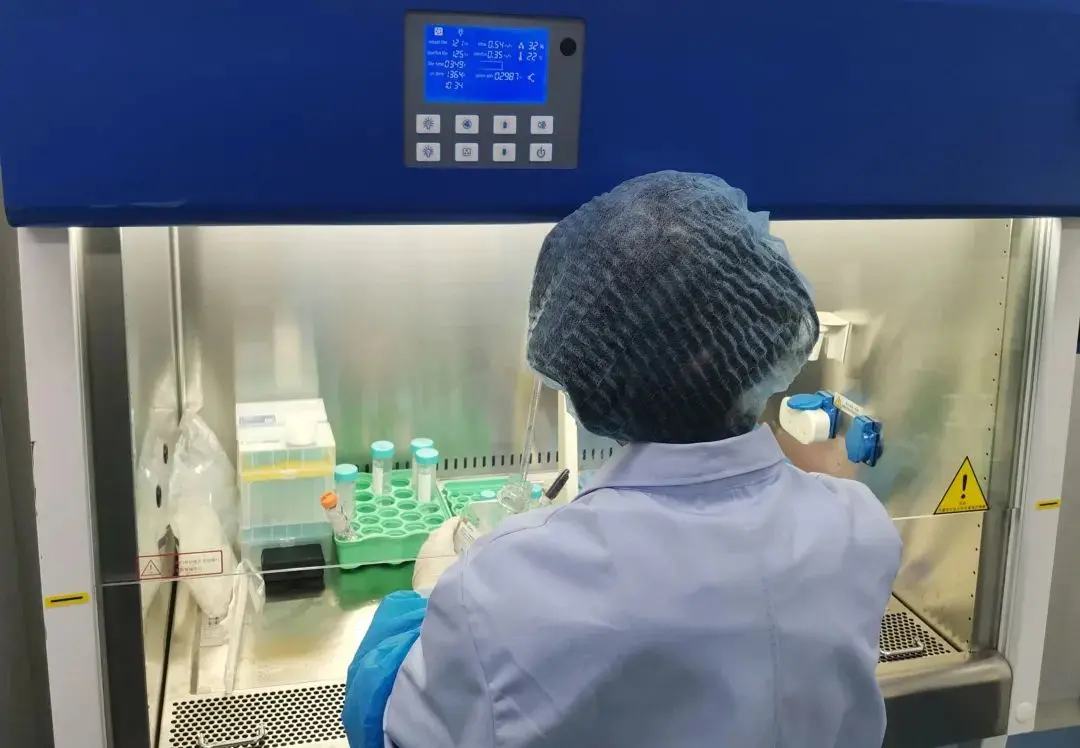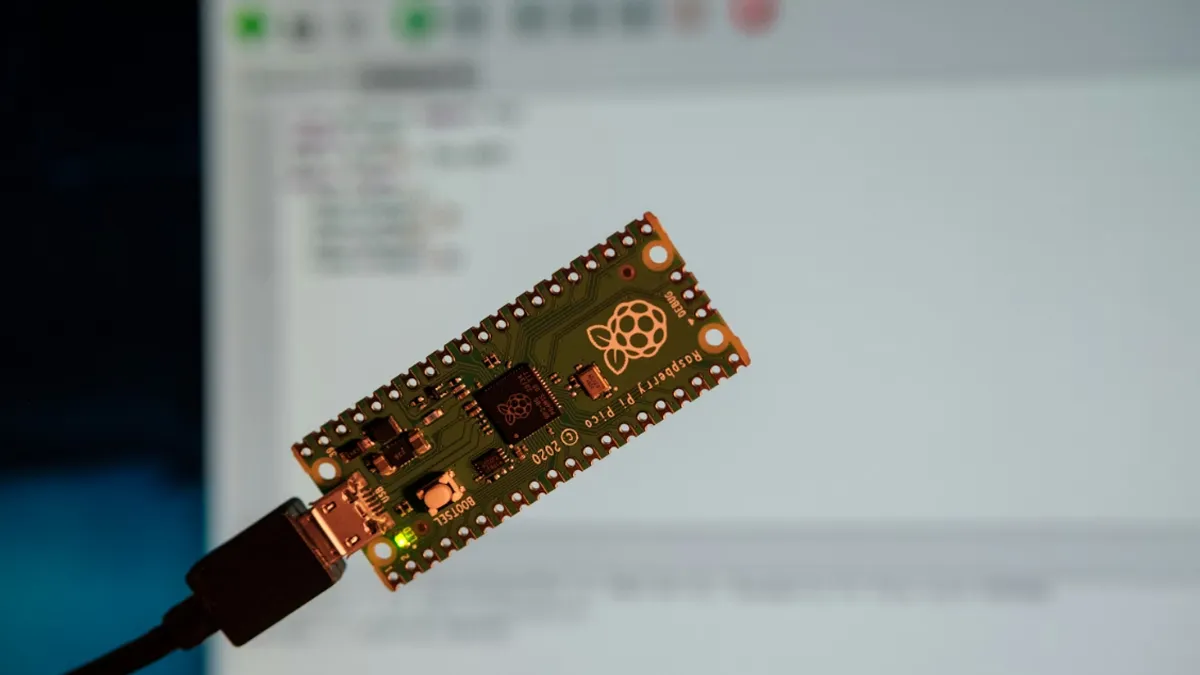
ISO 7405 Biological Evaluation Test of Dental Materials
This document describes the evaluation of the biocompatibility of medical devices used in dentistry. It is intended to be used in conjunction with the ISO 10993 series of standards. This standard contains special tests for which dentistry has extensive experience and recognizes the special needs of dentistry.

Only test methods for which the committee members believe that sufficient published data have been included are included. In recommending test methods, the need to minimize the number and amount of exposure and the number of animals involved in the experiment have been given high priority. The decision to conduct the tests involved is critical and will only be made after a thorough and carefUL review of the evidence indicating that similar results cannot be achieved by other types of testing. In order to keep the number of animals requiRED for testing to an absolute minimum while achieving the stated objectives, it may be appropriate to conduct more than one test on the same animal at the same time, such as pulp and dentin use tests and capping tests.
However, in accordance with the requirements of ISO 10993-2, these tests are conducted simultaneously in an efficient and humane manner. In all cases where animal testing was performed, these tests were conducted humanely according to standardized procedures described for each test. This document does not explicitly describe test methods for occupationally related risks.
ISO 7405 Table A.1 - Types of tests to be considered in evaluating the biocompatibility of dental medical devices | ||||||||||||||||
Nature of physical contact | Contact time | General Requirements | Group 1 | Group 2 | Group 3 | |||||||||||
A- short-term | Physical and/or cheMICal data | Cytotoxicity assay | Cytotoxicity assay | Cytotoxicity assay | Delayed hypersensitivity reaction | Irritation or intradermal reaction | Acute systemic toxicity | Subchronic | Genotoxicity | Implantation | Tests on pulp and dentin | Grouting test | Endodontic test | Endosseous dental implant use trial | ||
iso10 99 3-5 | ISO7405, 6.2 and 6.3 | iso10 99 3-5 | ISO7405, | iso10993 | iso10993 | iso10993 | iso10993 | iso109 93 -3 | ISO7405 | ISO7405 | ISO7405, 6.6 | ISO7405, | ||||
Surface contact | A | x | AND | AND | — | AND | AND | — | — | — | — | — | — | — | — | |
B | x | AND | AND | — | AND | AND | AND | AND | — | AND | — | — | — | — | ||
C | x | AND | AND | — | AND | AND | AND | AND | AND | AND | — | — | — | — | ||
External access | A | x | AND | AND | AND | AND | AND | AND | — | — | — | AND | — | — | — | |
B | x | AND | AND | AND | AND | AND | AND | AND | AND | AND | AND | — | — | — | ||
C | x | AND | AND | AND | AND | AND | AND | AND | AND | AND | AND | — | — | — | ||
Implantation | A | x | AND | AND | — | AND | AND | — | — | — | — | — | AND | — | — | |
B | x | AND | AND | — | AND | AND | AND | AND | AND | AND | — | AND | — | AND | ||
C | x | AND | AND | — | AND | AND | AND | AND | AND | AND | — | AND | AND | AND | ||
NOTE 1: X refers to prerequisite information required for the risk assessment. | ||||||||||||||||
Email:hello@jjrlab.com
Write your message here and send it to us
 Infant Support Pillow 16 CFR 1243/1242 & ASTM
Infant Support Pillow 16 CFR 1243/1242 & ASTM
 BRM Registration Card Under CFR Part 1130 Regulati
BRM Registration Card Under CFR Part 1130 Regulati
 How to get a D-U-N-S® Number for US FDA Registrati
How to get a D-U-N-S® Number for US FDA Registrati
 Household Massage Devices Compliance in the China
Household Massage Devices Compliance in the China
 Compliance for the Global In Vitro Diagnostic (IVD
Compliance for the Global In Vitro Diagnostic (IVD
 Compliance Guide for Nebulizers in European and Am
Compliance Guide for Nebulizers in European and Am
 Cybersecurity Certification Service for EU RED Dir
Cybersecurity Certification Service for EU RED Dir
 ANATEL Certification Compliance Guide for Brazil M
ANATEL Certification Compliance Guide for Brazil M
Leave us a message
24-hour online customer service at any time to respond, so that you worry!




